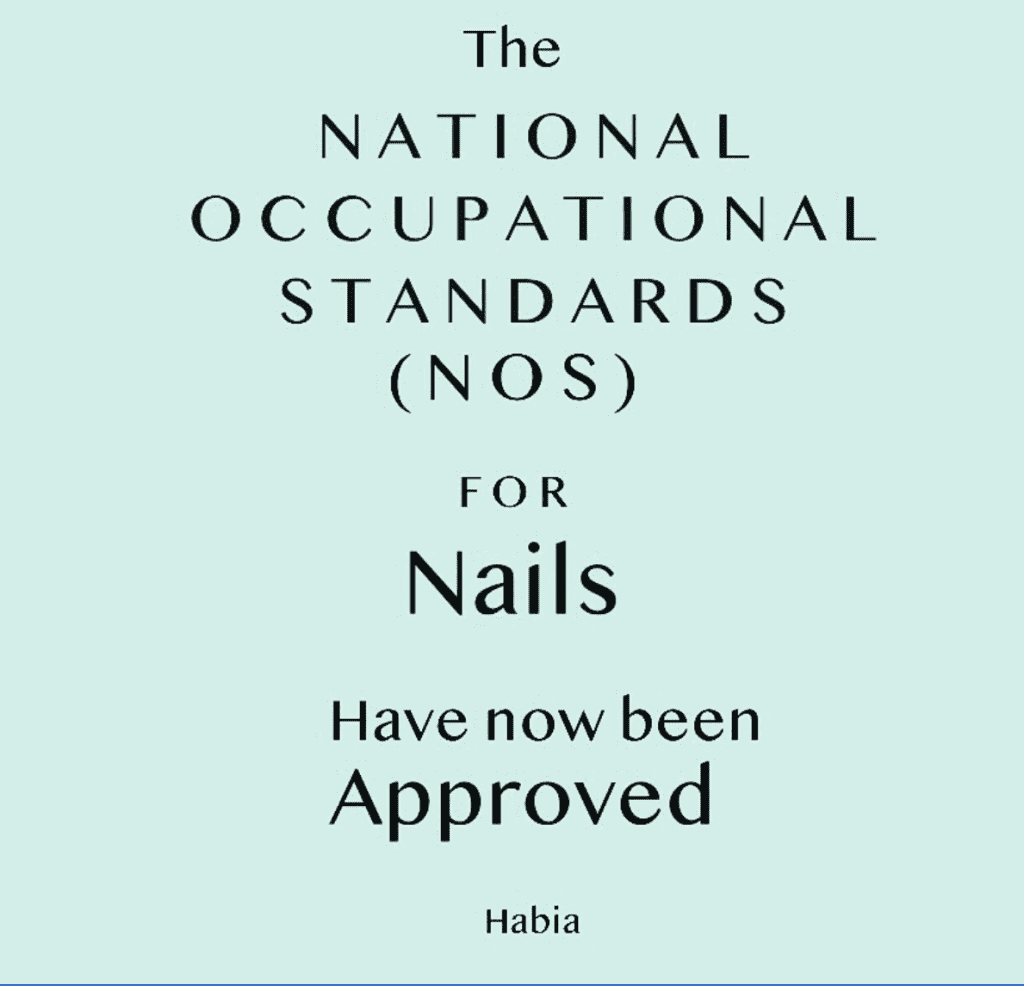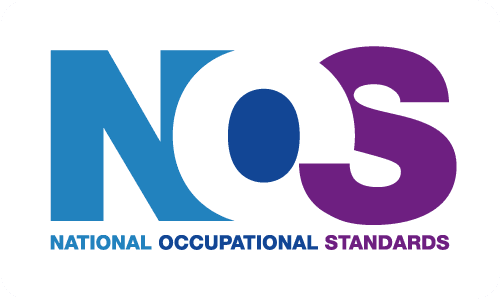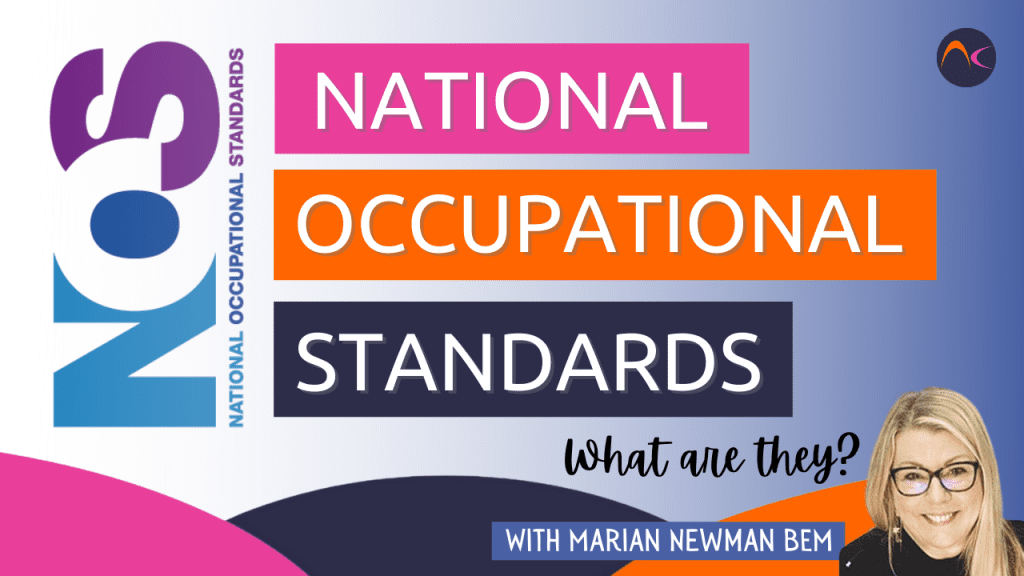It was officially announced recently that new NOS (National Occupational Standards) for Nail Services have been formally approved. See the Press Release AQUÍ. Esta noticia recibió una gran respuesta, pero también muchas preguntas sobre lo que son en realidad. ¿Son buenas noticias? ¿Significa que el sector está ahora regulado? ¿Las necesitamos?

Antes de responder a esas preguntas, permítame explicarle exactamente en qué consisten.
El siguiente texto ha sido extraído directamente de la página web de la National Occupational Standards:
“A National Occupational Standard (NOS) is a document that describes the knowledge, skills and understanding an individual needs to be competent at a job.
All of the completed and approved NOS are kept on a database – https://www.ukstandards.org.uk/. This is easily accessible and allows people to search for the different jobs they are interested in.
Existe un documento de Estrategia NOS que establece la política general de NOS. Para ayudar a desarrollar los productos existen dos documentos, los Criterios de Calidad de NOS y una Guía para Desarrolladores de NOS. Se adjuntan los documentos pertinentes.
El NOS puede utilizarse de muchas formas diferentes, por ejemplo:
- Los organismos de certificación pueden crear cualificaciones para formar a personas para un puesto de trabajo. Estas cualificaciones pueden utilizarse en Marco de aprendizaje.
- los empresarios pueden crear una descripción del puesto para contratar nuevo personal o un plan de formación para desarrollar sus competencias
- individuals can research different types of jobs and match their skills/experience to those that are needed”
Esto da una idea general de lo que son y para qué se utilizan, pero ¿cómo se relaciona esto con nosotros en el sector de las uñas?

The NOS for 100’s of different industry sectors have been in existence in various formats for many years and exist for almost every role in every sector. In the UK the beauty sector NOS are developed by Habia (Hair and Beauty Industry Authority) in conjunction with SkillsActive. They are reviewed every 4-5 years. Sometimes, just a few are reviewed. Other times the review is far more extensive, depending on budgets awarded. This year, the review was huge across all hair, beauty and nails.
Las NOS son redactadas por un Grupo de Trabajo de Expertos, lo que requiere muchas reuniones y debates. A continuación se organizan en un formato aceptable para la política general (que es muy específica para todas las NOS). A continuación, el proyecto de NOS se somete a una consulta lo más amplia posible en el sector y se invita a todo aquel que esté interesado a hacer comentarios. Todos y cada uno de los comentarios se estudian y discuten. Una vez finalizado el proyecto definitivo, se presentan a las autoridades reguladoras para su aprobación final.
Es un proceso muy largo, y la esperanza es que sean lo más precisos y pertinentes posible, sin salirse de los parámetros permitidos.
Once the NOS are approved and published it is the job of the Awarding Bodies, e.g., C&G, VTCT, CIBTAC etc. plus many other private training providers, to decide what they want to use for their qualifications and at what Level. These may be for NVQ’s, VRQ’s or specific Certificates and Diplomas.
Most of the Nail Services (21 in all) haven’t been updated since 2015 and the industry has evolved a bit since then. The new version is far more up to date and reflect what is happening commercially.
A very important point to mention here is that all ‘accredited’ i.e., unregulated courses (NVQ’s etc. are regulated) purport to follow the NOS. It is very clear that many don’t! A good example of this is ‘guided learning hours’. These are decided by the individual Awarding Bodies. So, for example, the Manicure NOS will probably require around 35-45 guided learning hours. These ‘hours’ include teaching/learning the vast amount of theory, practical sessions, practice sessions, feedback/assessments, case studies etc. When some ‘accredited’ courses are advertised as gaining a ‘qualification’ in way less than a short day, you can see why these are not ‘fit for purpose’ and the student is a very long way from being competent. Add other skills to these short days, such as UV gel and L&P, the competency level drops even further!
Esta es una descripción muy breve de lo que son las NOS, dónde encajan en nuestro sector y para qué se utilizan. Si tiene alguna duda o dilema sobre los cursos que debe realizar, eche un vistazo a las NOS correspondientes (enlace anterior) para ver lo que debería aprender.
Keep in mind that the NOS are the MINIMUM standard of what makes an individual ‘job ready’. So, if you haven’t been taught the vast amount of background understanding then maybe the course you did wasn’t all it should be!


